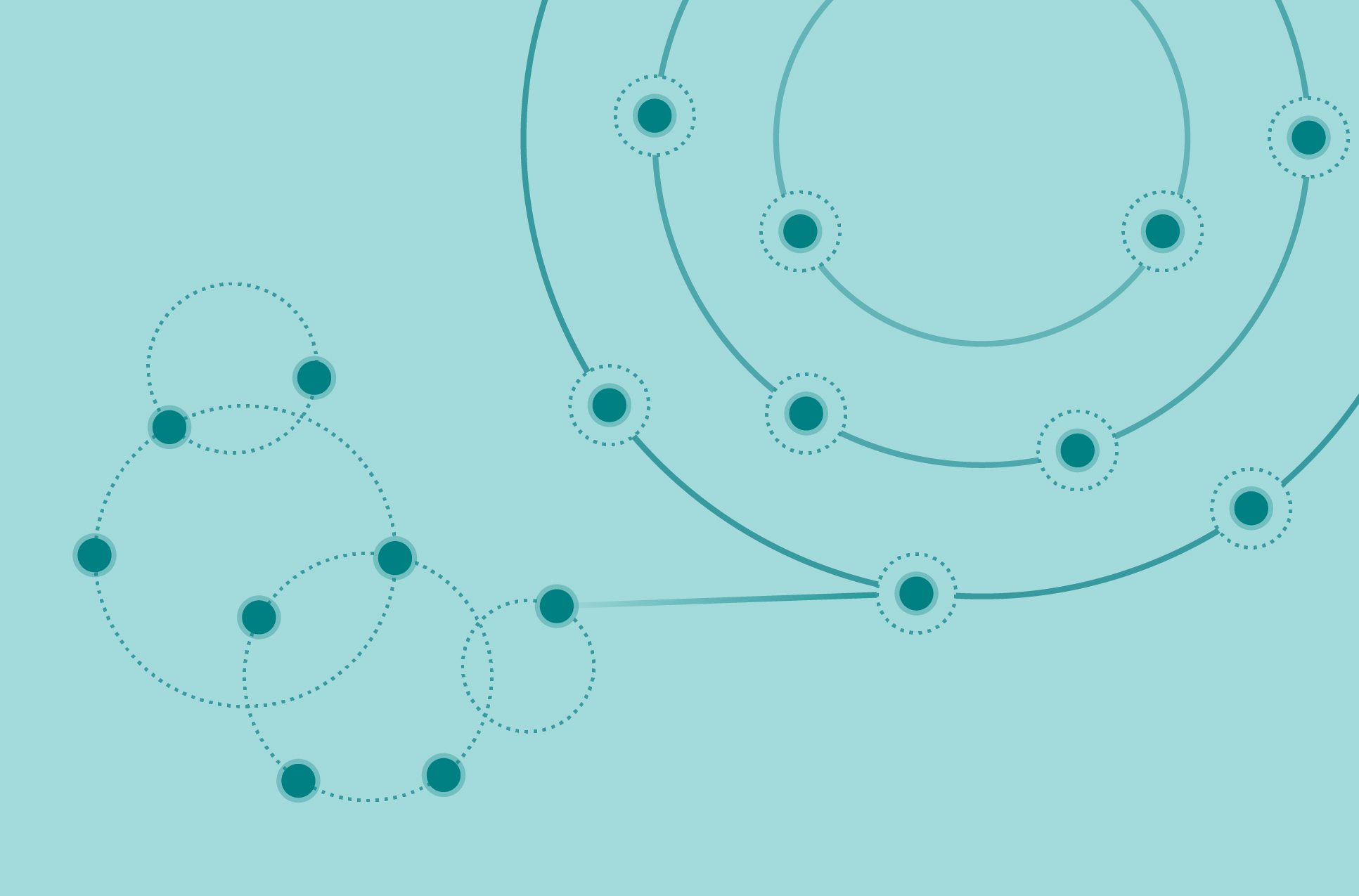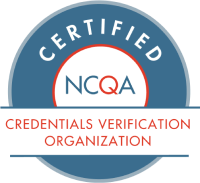Although it may not be immediately apparent to healthcare consumers, blockchain can benefit their healthcare experience and outcomes.
An Integrated Care Experience
Medical records are fragmented and decentralized, which means that they are not readily available to the patient or to the patient’s range of providers. A patient’s primary care provider may not be able to obtain records from a specialist and vice versa. What’s more, records may be hard to obtain when a patient moves to a new state or even moves between primary care providers.
If blockchain technology leads to improvements in both data shareability and access to population health data, researchers and providers can better understand their healthcare clients.
Because blockchain technology strings data together, it potentially means that instead of a patient’s health record living with individual providers, the record follows the patient. If the patient moves, their records are no longer lost but remain with them virtually. Patient centered care and healthcare data can be enabled with blockchain. Not only could blockchain make it easier for providers to securely share data with other providers (with patients’ permission), it’s not so farfetched to imagine that patients become the owners of their own records via blockchain technology, allowing them to choose what information to share and with whom.
Because providers will have increased access to relevant information, they will have more detailed and accurate data points with which to make decisions.
Additionally, blockchain could prevent patients from undergoing repeated tests because providers would have access to any and all previous test results, regardless of location or practitioner. Beyond test results and patient record ownership, blockchain could also enable the attachment—and shareability—of communications between an individual patient and provider to the medical history.
Population Health Management
If blockchain technology leads to improvements in both data shareability and access to population health data, researchers and providers can better understand their healthcare clients, allowing providers to serve patients in these important ways:
- Better perform population-level analytics and risk profiling with increased precision.
- Find members of a given population in order to treat them earlier or more regularly if needed.
- Understand how to treat patients, both at initial treatment and also from a longer-term treatment or recurrence-prevention perspective.
- Pinpoint common characteristics of a population in order to improve prevention or treatment. Examples include knowing information such as the average glucose level for diabetes patients or who within this population has been hospitalized within the last year, both of which could lead to further actionable insights.
What This Means, in Brief
Payers:
Both increased access to patient data and improved population health management will help achieve payers’ value-based care initiatives and decrease costs, as an increase in information could lead to fewer unnecessary tests and better care planning; patients would see a decrease in recurrence or hospitalization.
Providers and Provider Organizations:
Having a clearer understanding of a patient’s or population’s health allows provider organizations to offer better guidance to their providers, resulting in more positive care outcomes (particularly as it relates to value-based care initiatives). This access to information can also mean decreased administrative work to gather or share patient data.
Patients:
On the receiving end, patients could see increased ownership of their health outcomes. They would also get faster answers with fewer unnecessary or redundant tests, resulting in decreased out-of-pocket costs.


